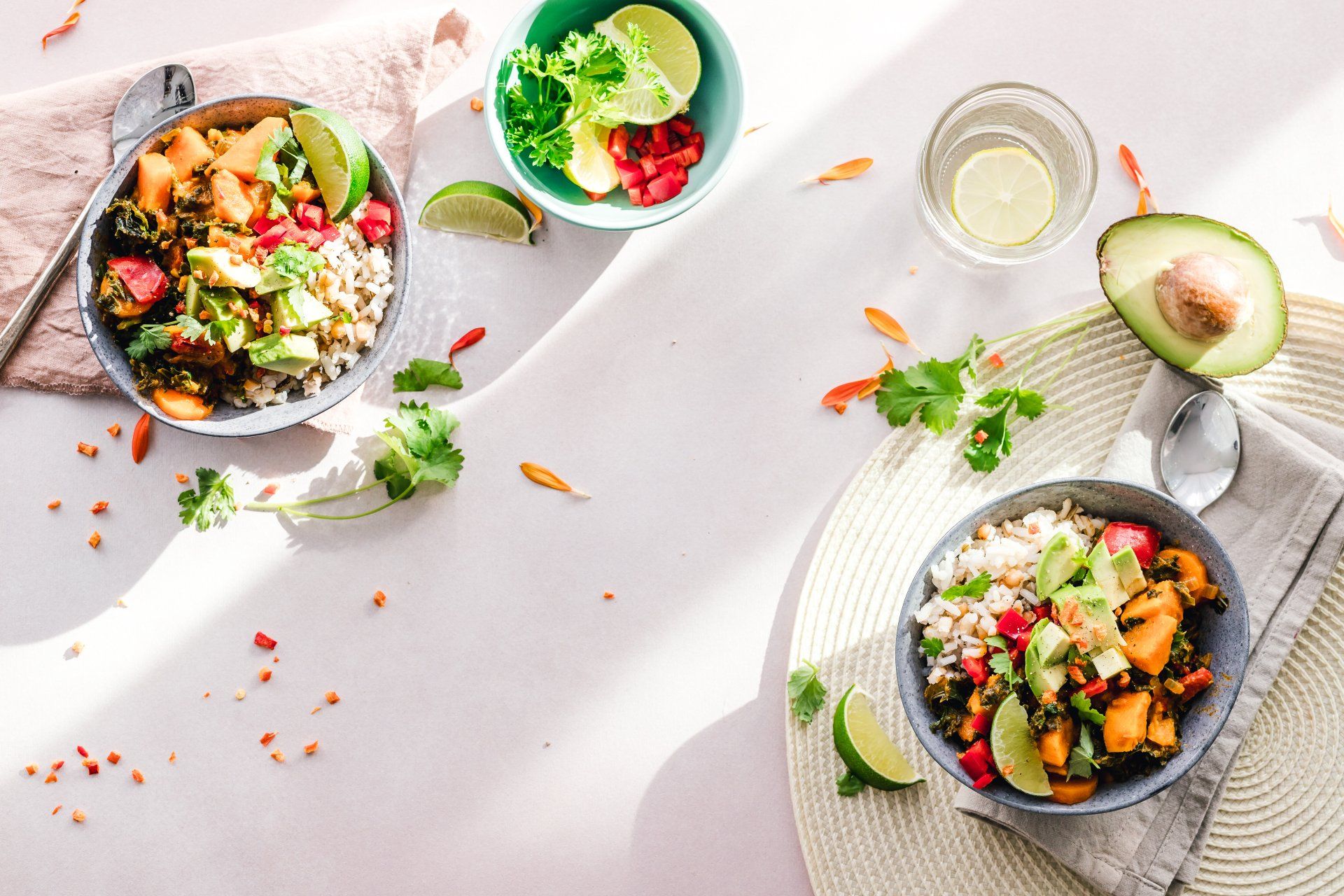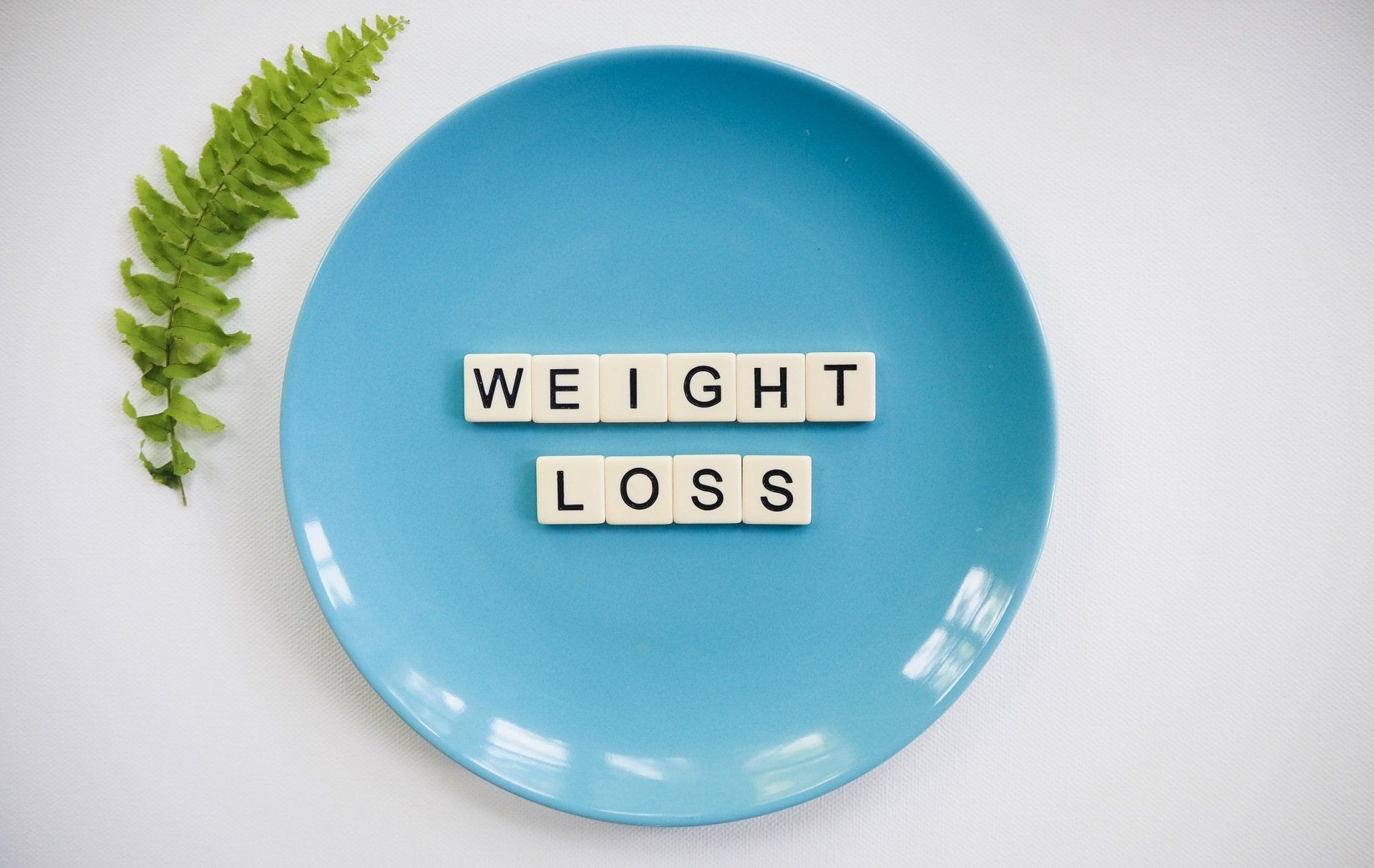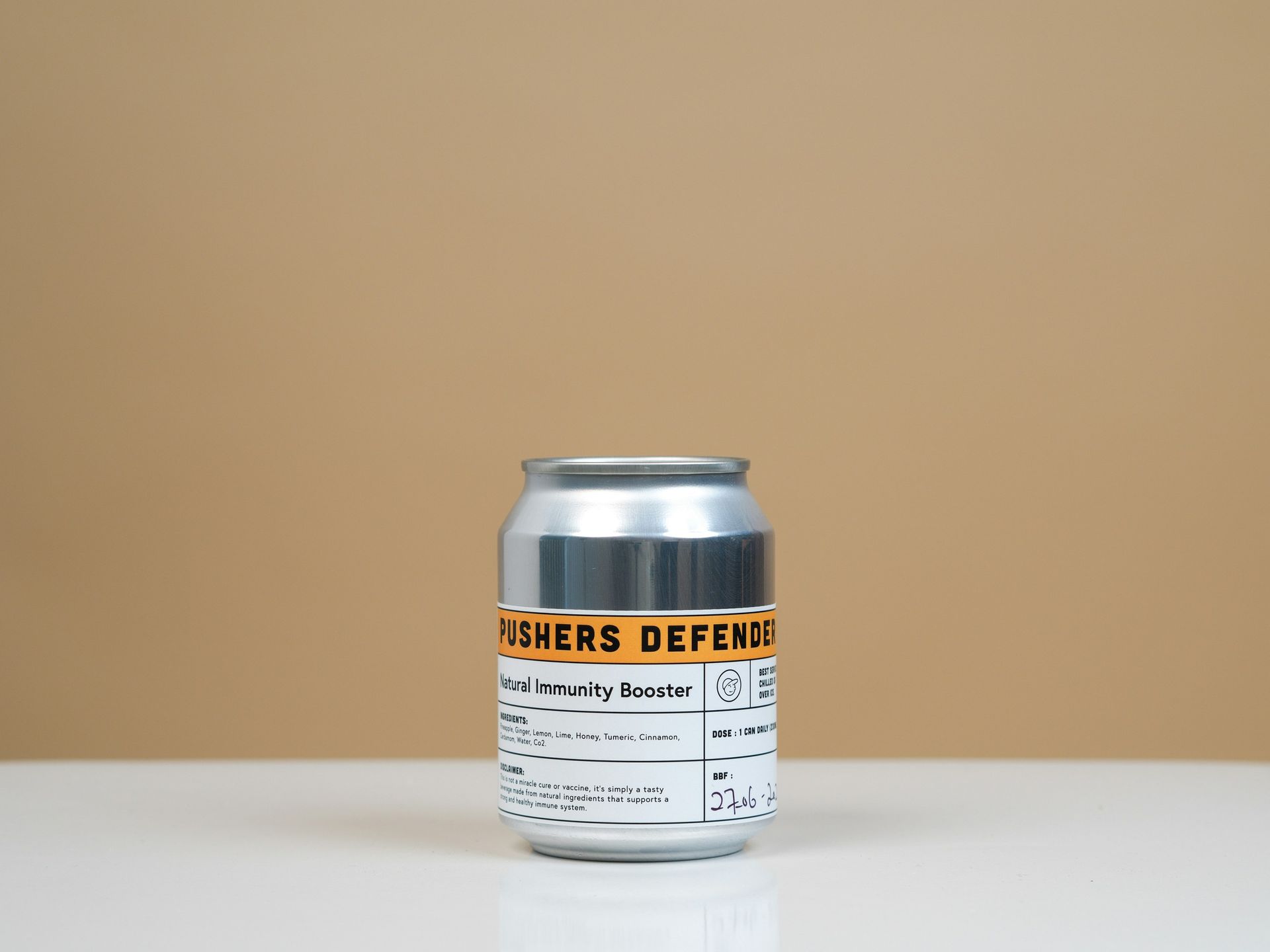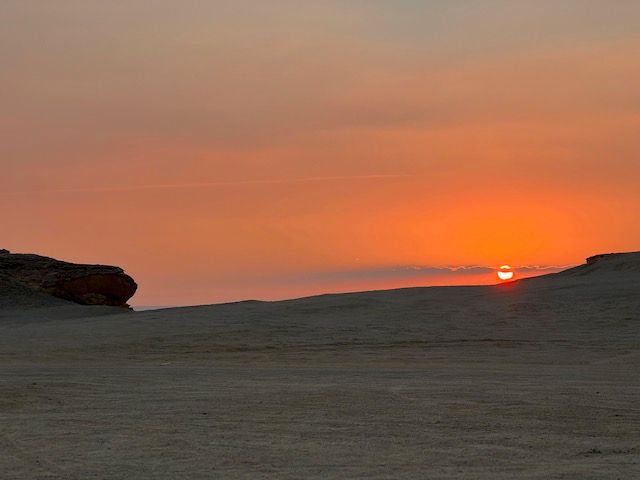Isn’t ketosis dangerous? A layman’s guide to ketones and ketosis.
What is a ketone?
Ketone, also pronounced "key-tone" is that chemical substance which causes that fruity breath odor in people when ketone levels rise in our blood.
Ketones are natural substances found within living organisms. They can be recognized by their carbonyl groups. Carbonyl groups have a chemical structure containing a carbon (C) atom attached to an oxygen (0) atom by two arms called "bonds" and it appears like this C=0.
There is more than one type of ketone
Beyond the chemical jargon, suffice it to know that there are more than one type of ketone body. In humans, the three common ones are called Acetone, Acetoacetic acid, and Beta-hydroxybutyrate, which are all produced in the liver.
Food is not just food, and it isn't always "harmless", The Big 3
Food is made up of three main nutrients- carbohydrates, protein and fats. Carbohydrates are found in plants, dairy and even in meat!
Starch, pasta, sugary food have high levels of carbohydrates. Vegetables are also carbohydrate sources, as are meat and dairy products.
Protein can be found in many animal sources- meats, dairy, eggs, cheeses, and also in vegetables
A few examples of fats are butter, oils and ghee.
When too much ketones bring on "Ketoacidosis", a medical emergency ...
Carbohydrates are digested by the body and before it can be used, it is broken down further into glucose or sugar. After that, the pancreas produces insulin and this insulin prepares the "insulin receptors" that are found within the body cells to prepare it to accept glucose and use it for energy. Type 2 diabetics however, have pancreas that do not work very well.
After years of taking in carbohydrates and glucose, a prediabetic's constantly high blood glucose levels make the pancreas decide that enough is enough and they quit . Now, even in the presence of glucose, the insulin receptors no longer function well and as a result excess glucose remains in the blood. This is what we call "insulin resistance".
Even with the very high levels of glucose around it, the body cannot use it and it begins to starve for lack of energy. It is like being a refugee on a raft in an ocean and yet you can't have a drop to drink because the water is too salty! As a defense mechanism the body finds a way to get energy from fats. It does this by breaking down fats into ketones. In a diabetic, this becomes a dangerous state because the fat breakdown is so rapid, resulting in dangerously high levels of ketones which can lead to a critical medical emergency known as ketoacidosis.
Nutritional ketosis , not a dangerous state?
Normally, when glucose levels are low, the body survives by breaking down fat and muscle cells to make more glucose. We take substances from the broken down fat and muscle cells and transport it to the liver where new glucose is produced. Fasting, short term starvation or limiting our calories makes our bodies break down fats in order to produce ketones for additional energy. However because there is little or no glucose in the blood, the ketones produced do NOT result in the dangerously high levels seen in diabetic ketoacidosis. Ketosis can in fact be a healthy thing.
Why ketones are good for you and not good for cancer?
Cells produce the bulk of their energy within the mitochondria. This is an oval shaped "battery pack" that lies within every cell of the body. In it lies the factory that produces adenosine triphosphate, or ATP. Cancer cells have defective battery packs (mitochondria) and as a result they have to rely on other existing but more primitive energy sources which happen to be heavily dependent on glucose as fuel. When glucose is scarce, normal cells can adapt by surviving on ketones which come from fat. Cancers cells cannot use these ketones therefore they die easily due to the lack of a backup energy plan. And there you have it, ketosis in a nutshell! Feel free to drop me a line if you have any questions.





